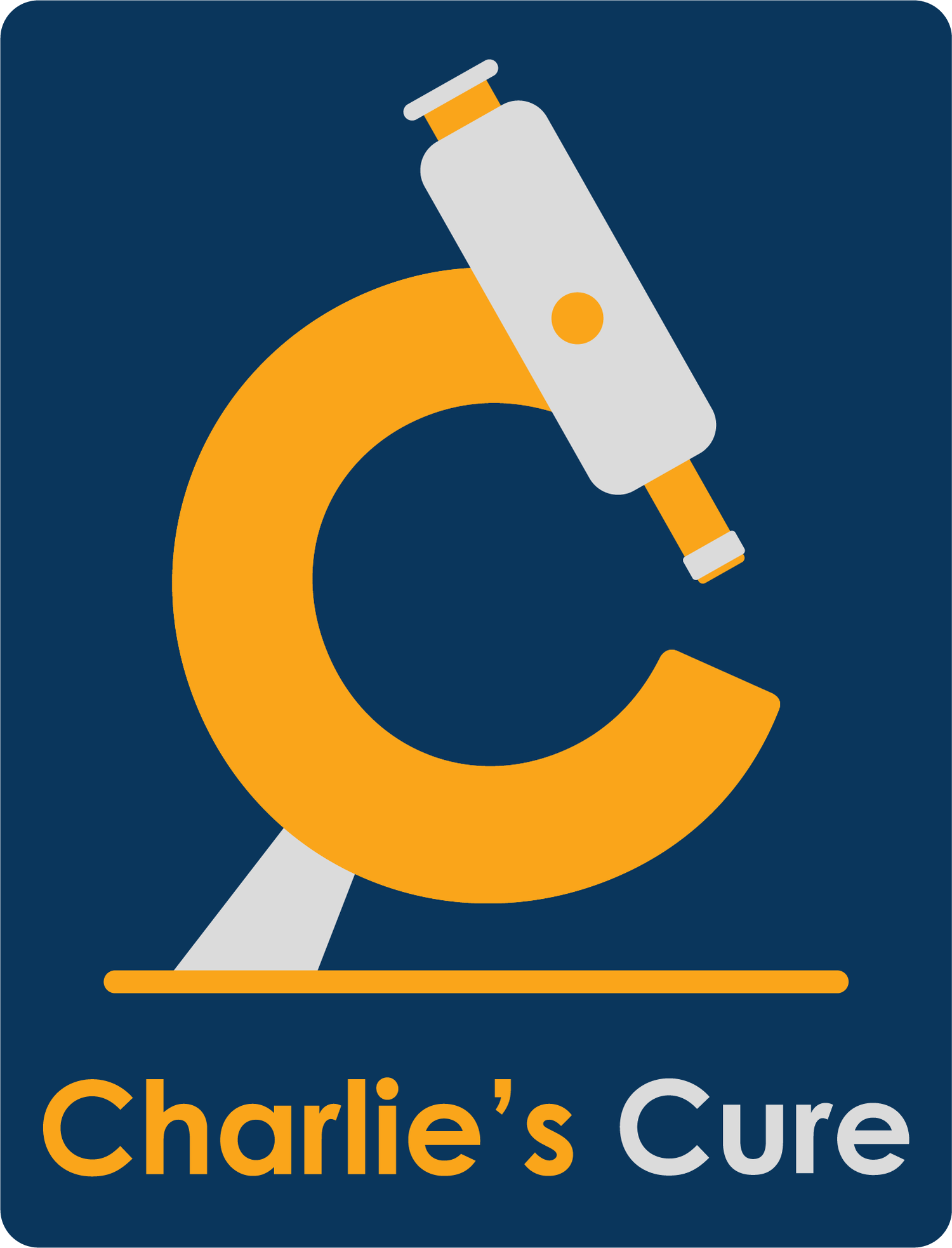Awake For the Revolution
“One of the great misfortunes of history is that all too many individuals and institutions find themselves in a great period of change and yet fail to achieve the new attitudes and outlooks that the new situation demands. There is nothing more tragic than to sleep through a revolution.” -Rev. Dr. Martin Luther King, Jr.
On this Easter Sunday, as on all Sundays, the rector at my beloved Episcopal church, Rev. Ryan Fleenor, somehow made an impossibly intangible cornerstone of faith into something resonant, accessible, aha. He talked about the resurrection as a kind of quiet revolution that occurred before any of Christ’s followers realized what was happening. He likened this to MLK’s last Sunday sermon, delivered in 1968 at the National Cathedral in Washington, DC, four days before he was killed. In his sermon, titled “Remaining Awake Through a Great Revolution,” Dr. King suggested that too many Americans were coasting through a time that was ripe for transformation. He illustrated this particular zeitgeist via Rip Van Winkle, the Washington Irving character who went to sleep under the reign of King George III and awakened to a George Washington presidency; he had slept through that (literal) revolution.
Of course in that famed speech, Dr. King was referring to the racial reckoning that was in its infancy in his time, and unfortunately is not as far along today as he had dreamed. Yet the underlying message is one that has apt utility today in the context of a whole host of issues—and I can’t help but compare it to this moment in the fight against Duchenne. Since Rev. Fleenor compared King’s speech to the resurrection, I feel a certain permission to take a liberty here and apply it to medicine. The thing is, there is no neon sign that is automatically triggered and turned on in some communal window when you’re in a time of transformation; it’s up to all of us to stay awake and see the more subtle signs, to do what we can to align our actions with a shifting reality.
I see this happening right now with Duchenne, and I recognize that my sightline is owed to parents before me who saw the possibility of this new day; they aligned the stars so the first game-changing treatments could reach patients like my Charlie. They weren’t asleep; they knew what had to happen to make it so, and they did every brave thing necessary. And so here we are—we have a gene therapy that I see in amazing action every single day, yet it’s currently approved to treat four- and five-year-olds only. We have boys like Charlie who are doing so well—for now—yet no community consensus on what is next, whether we should think of a clinical trial (if they’d even take gene therapy-dosed boys) or how other approved (Agamree, Duvyzat) or pipeline therapies to come might be safe or effective as add-on therapies.
To be sure, there are leaders in the community thinking about and preparing to act on this, but from where I sit, I believe we lack the level of coalescence needed to respond in full to this moment, with the urgency the moment demands. I was texting tonight with a dear friend and thought partner in the community, talking about the need for real clarity on how much we should let our gene therapy-fueled boys actually do. It’s one of so many questions, the informed answers to which will decide our boys’ future.
Science has shown up for families like ours, thanks to the grit of scientists and physicians, and policymakers who denied the naysayers. Thanks to conveners and leaders, and families who did the brave thing. We’re at a King George—> George Washington moment now. What we do today with this opportunity we’ve been handed will decide whether we grab the brass ring—a cure, or at least a detente between Duchenne and our precious boys’ muscles—or a slip backward to the status quo.
I hereby light up a neon sign: Everybody, stay awake. The revolution is here.

